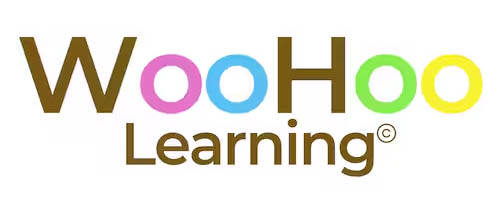When spring arrives, flowers begin to bloom, and everything fills with colors. This natural effect is not invisible to the eyes of our students; therefore, using this phenomenon to convey learning is very interesting. The function of a flower is to produce seeds through sexual reproduction. For plants, seeds are the next generation and serve as the primary means through which species perpetuate and propagate. Therefore, learning about the flower, its parts, and its life cycle is essential during the primary school years.
If you, like me, are passionate about the Montessori methodology, its approach to teaching, and its learning environment, you’ll love working with my flowers unit. The way I use my units with my students is very experiential—I bring real objects into the classroom so they can touch, observe, and explore them. This approach, which focuses on the child, encourages learning through experimentation and discovery. Next, I’ll explain how to use this unit with your students.
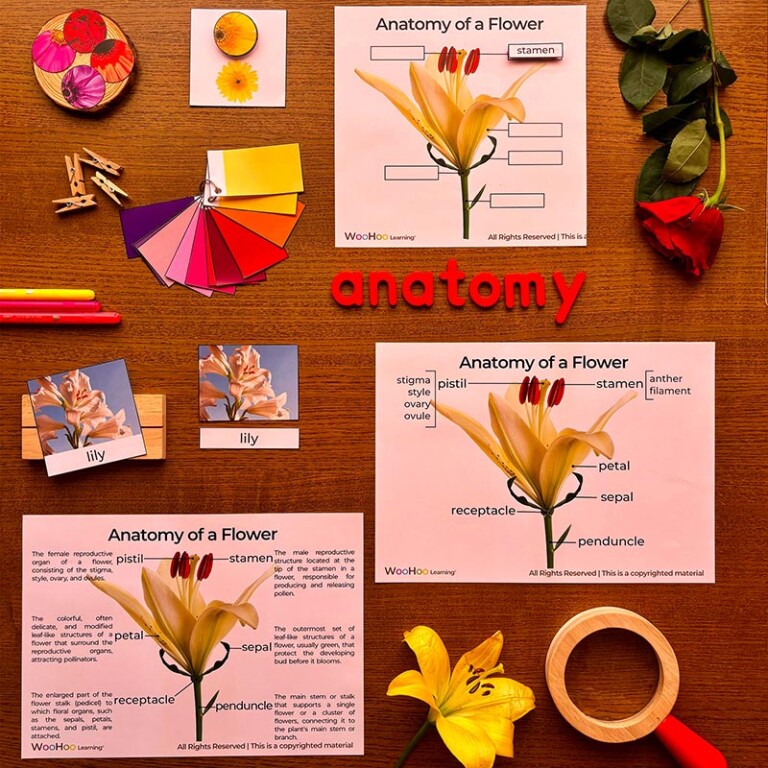
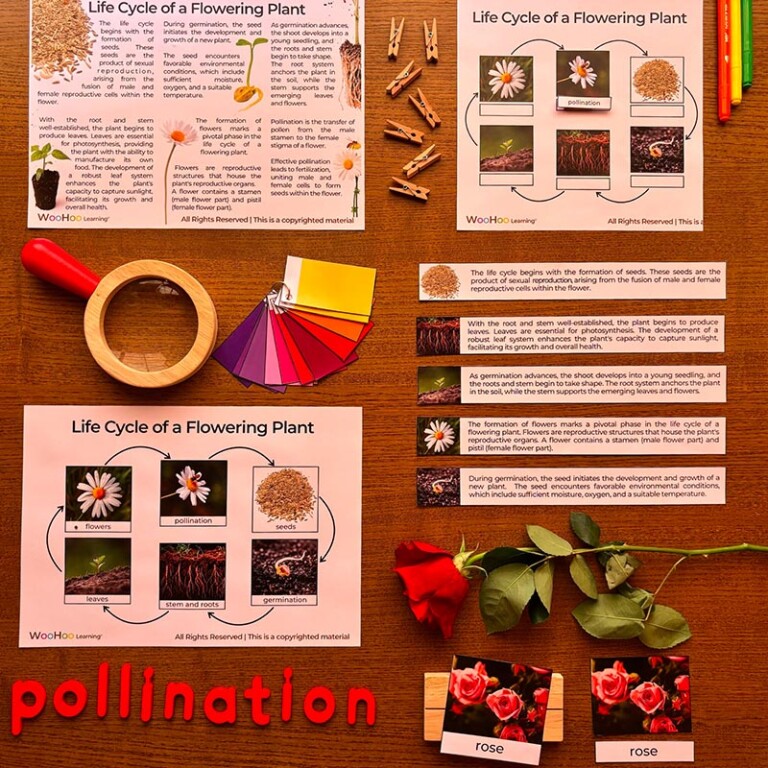
First, I recommend starting with the flowers anatomy section. If possible, bring different kind of flowers into your class so children can examine them up close—touch them, explore them, and engage with them. Before sharing any information, ask them some guiding questions: “How do flowers reproduce?”, Do they have reproductive organs?”, “How does a flower grow?”, “Where do flowers grow?”.
After the hands-on exploration of the flowers, you can move on to learning about the different flower parts: pistil, stamen, petal, sepal, receptacle, and penduncle. The labeled poster will be a great tool to introduce these parts. Then, you can use the 3-part cards to help students work on vocabulary and specific definitions.
"At some given moment it happens that the child becomes deeply interested in a piece of work; we see it in the expression on his face, his intense concentration, the devotion to the exercise"
The Discovery of the Child, Maria Montessori
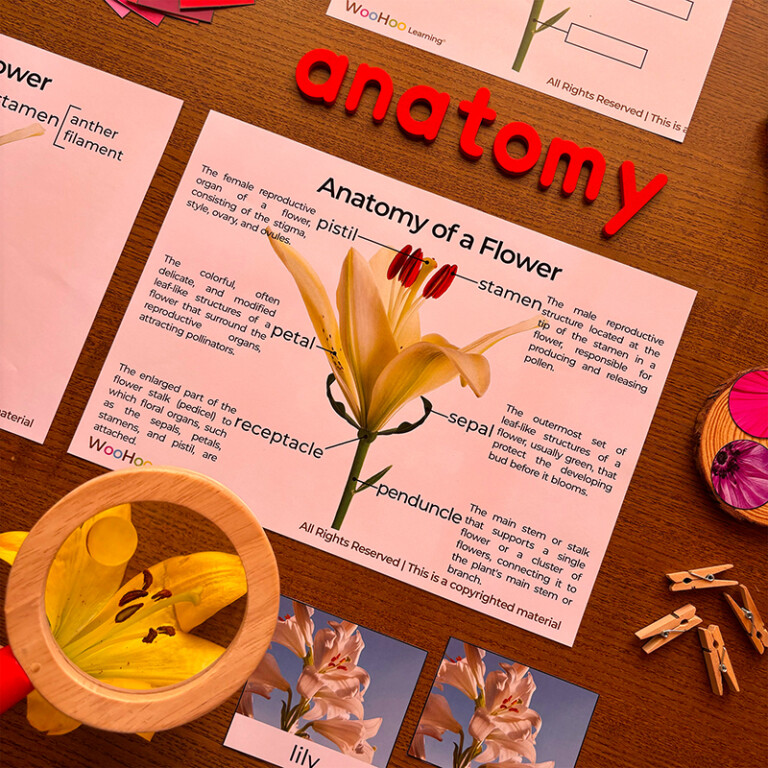
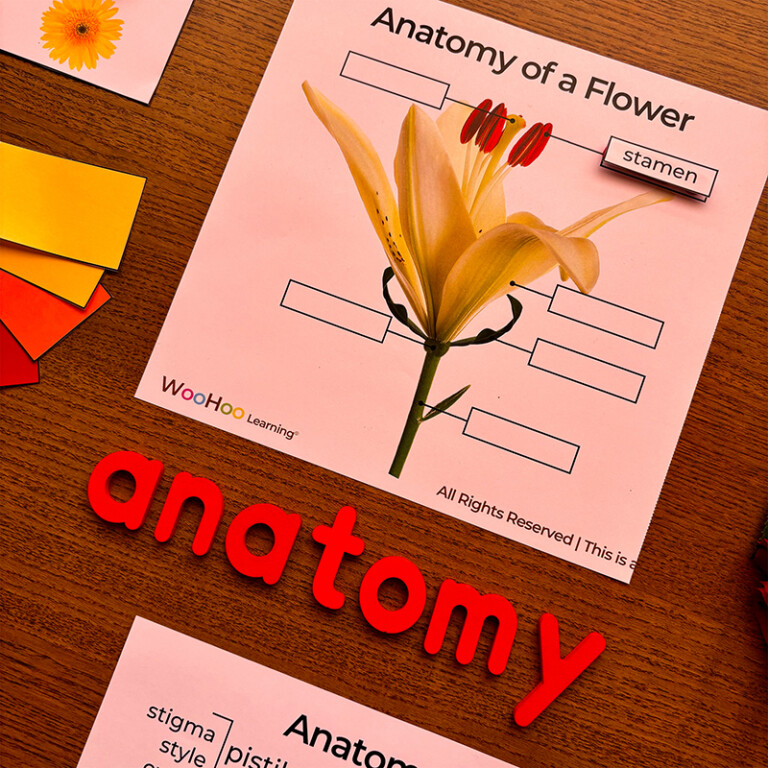
Once the children are familiar with the flower anatomy, it’s time to delve into the life cycle of the flowering plant. You can start this section by asking questions like, “Where do flowers come from?”, “Do they change throughout their life?”, “What happens when a seed is planted in the ground?”. These questions will help students prepare to learn about the six stages of the flowering plant life cycle: seeds, germination, stem and roots, leaves, flowers, and pollination. To support this learning, you can use the definition cards, the 3-part cards, and the 4-part cards with definitions.
While working on the flower unit with my students, we started a project to plant flowers in the classroom. Here are the materials I used for my students to plant a flower.:
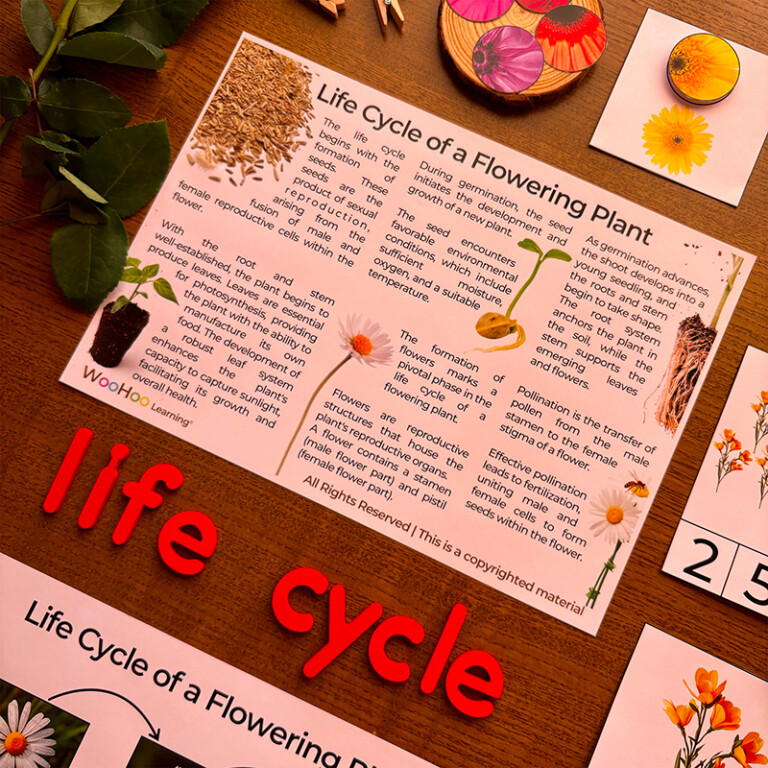
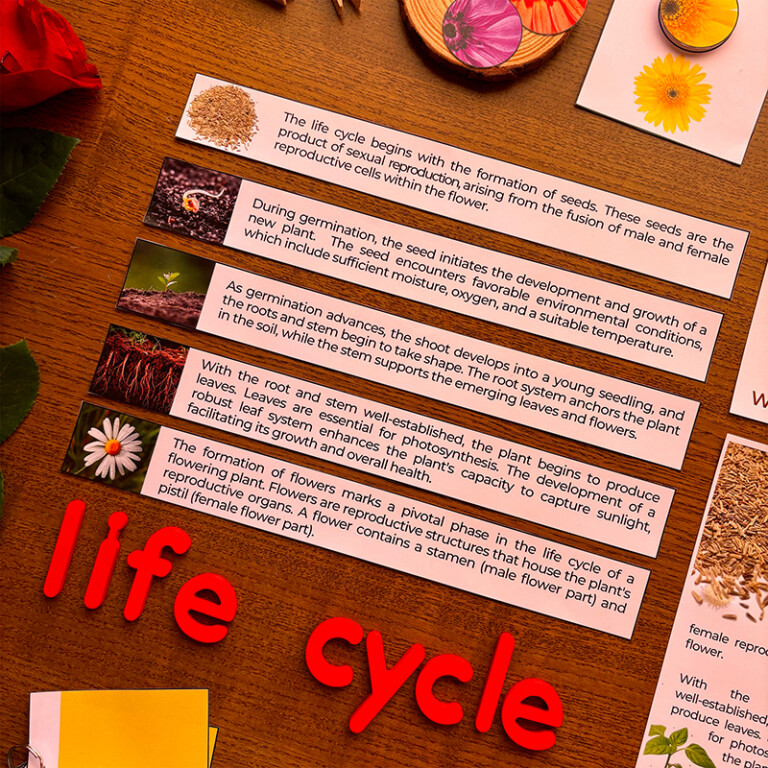
After understanding the anatomy and life cycle of the flowers, the children will be ready to learn about the different species of flowers. As always, I suggest starting with some thought-provoking questions: “How many types of flowers do you think exist?”, “Can you name 5 different flower species?”, “Do you think all species grow in the same places?”. You might also bring different types of flowers to class, allowing the students to touch, experiment with, and hypothesize about how do they grow and reproduce.
Once our students have learned about the anatomy of the flower, the life cycle of the flowering plant, and the different species, we can move on to activities included in the unit or explore more about flowers. For instance, you could delve into the pollination process of the flower and learn more about it. Or even combine this unit with my honey bee unit study.
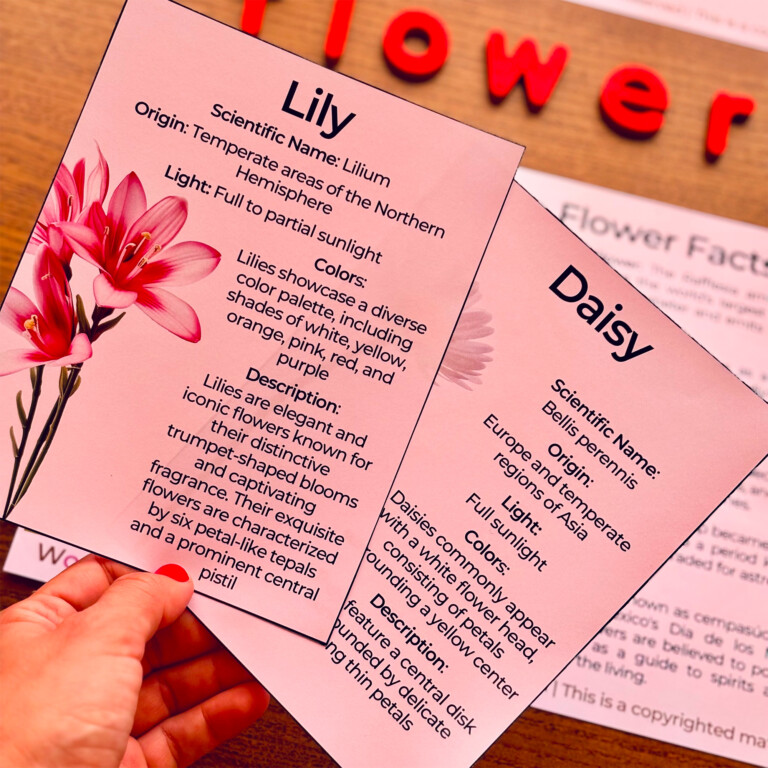
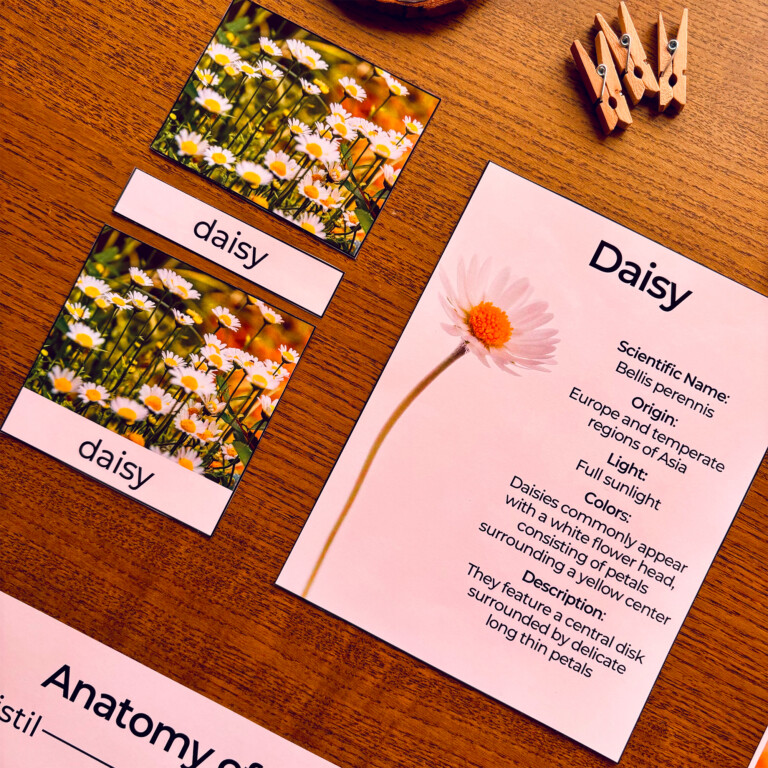
If you’re interested in purchasing my flowers unit study, you can find direct access to it below. If you only want a part of the unit, don’t worry, that’s also possible. In total, there are 4 different units available: the complete flowers unit, the flowering plant life cycle unit, the flowers anatomy unit, and the types of flowers unit.
The complete flowers unit consists of 52 pages and contains all kinds of information about flowers, including a color pantone, pollination process, interesting facts, life cycle, anatomy, and flowers’ species. The flowers anatomy unit has 14 pages and includes posters, 3-part cards, vocabulary cards, and activities. The flowers life cycle unit has 10 pages and includes posters, 3-part cards, vocabulary cards, and activities. Finally, the types of flowers unit has 18 pages and includes 3-part cards, information and fact cards.
*If you feel more comfortable making your purchase on well-known platforms, you can also find my products on other e-commerce sites. Here are the links to my Etsy store and my Teachers Pay Teachers store.
